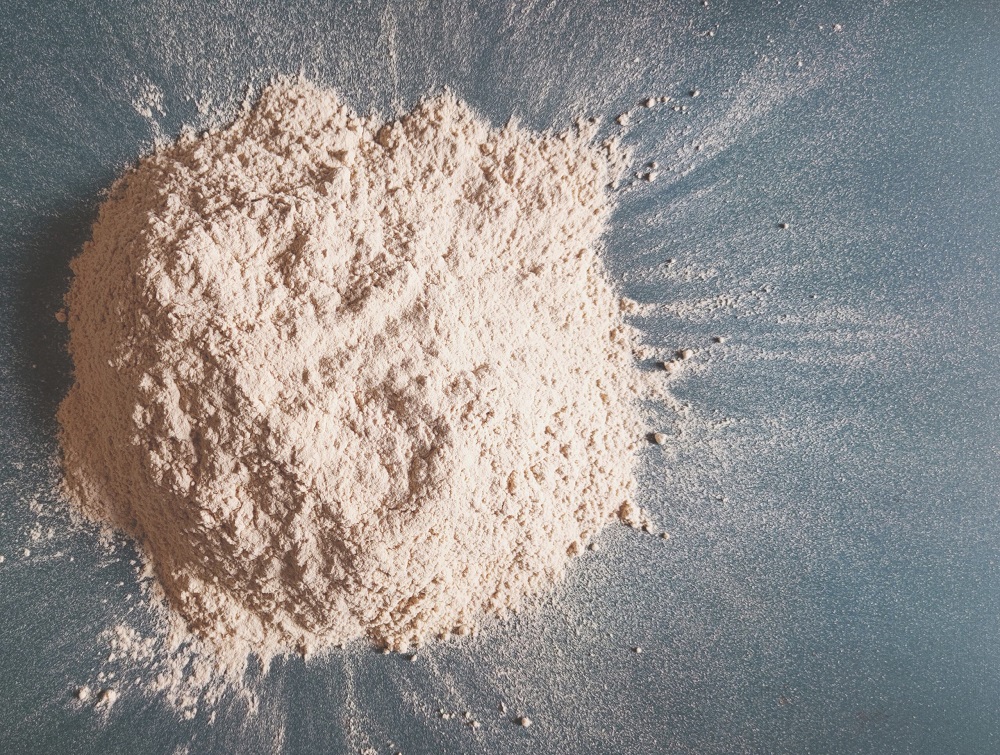Japanese traditional wood
There are documents indicating that Hinoki wood has been used, along with other types of wood, since the Joumon period and became popular in the Yayoi period. Being nice, durable and easy to work with, Hinoki wood has been widely used in architecture, furniture, Buddhist statues, round objects, etc.
One of the most celebrated Hinoki wooden structures is the Horyuji Temple in Nara, built more than 1300 years ago, which has been inscribed as a UNESCO World Heritage Site.
To name a popular round object of the Japanese, it probably is Wappa, a round lunch box made of carved wood. This is one of the items that bear great Japanese traditional features.
Hinoki wood can be found in the large and complex buildings and even in the small everyday objects. It has become an essential material in the Japanese’s life and has been receiving more and more attention from around the world.
Tender, warm and intimate
Belonging in the conifer division, Hinoki wood’s surface has two basic colors: pinkish yellow and light yellow. After long usage, the color will gradually turn into amber. On the whole, Hinoki wood has bright color that gives a feel of cleanness. With its beautiful grain, you can create numerous items that are both ornamental and applicable. It is recommended to anyone who would love to give their home a touch of tenderness and intimacy.
Hinoki wood is suitable for various interior design styles such as Minimalism, Vintage, Zen or Modern, etc. You don’t have to worry that some Hinoki wooden furniture set that you love would look odd in your house.
Friendly
Hinoki’s scent contains Phytoncide, which works as a natural defense against mold and insects. This helps Hinoki wood last a long time, even more than a thousand years as in the case of the Horyuji Temple. Phytoncide also helps relieve tension, recover strength, deodorize, prevent mites, etc.
Another benefit of Hinoki wood is that it keeps the room moisturized, as water in the wood cells constantly evaporate into the air. It is also light and flexible, thus remains intact despite impacts, making it very suitable in a space with children.



